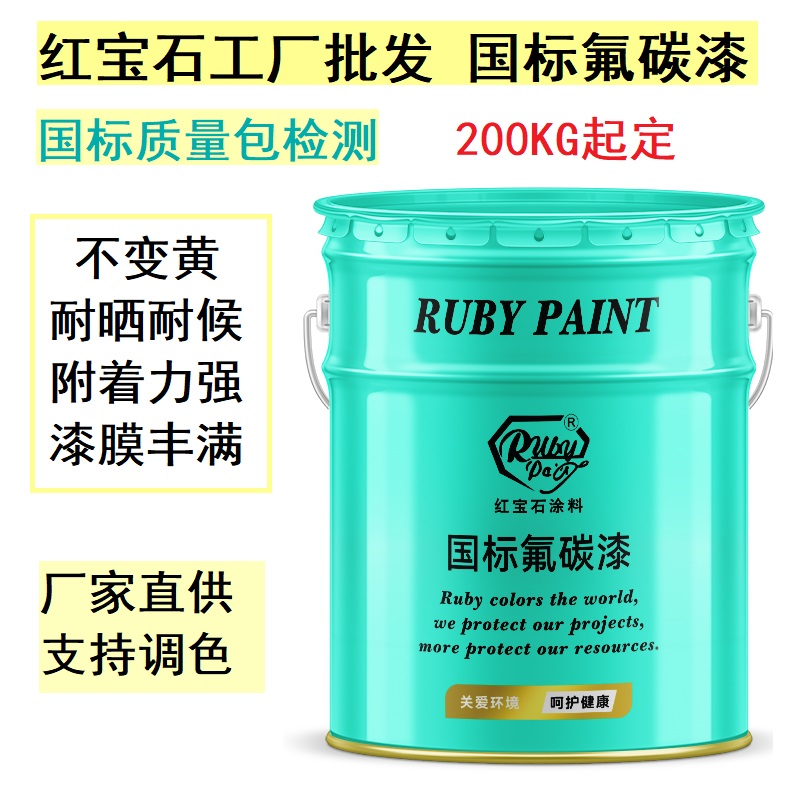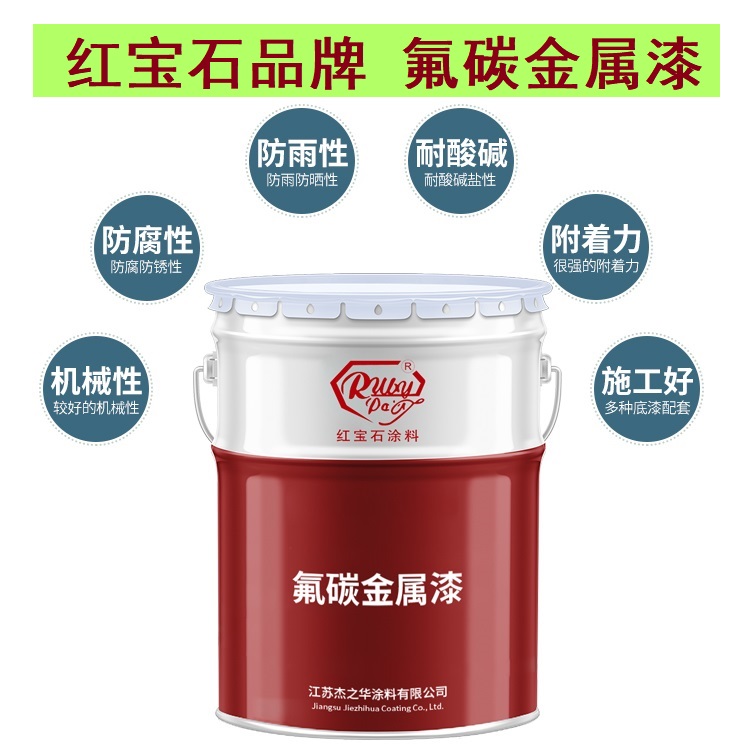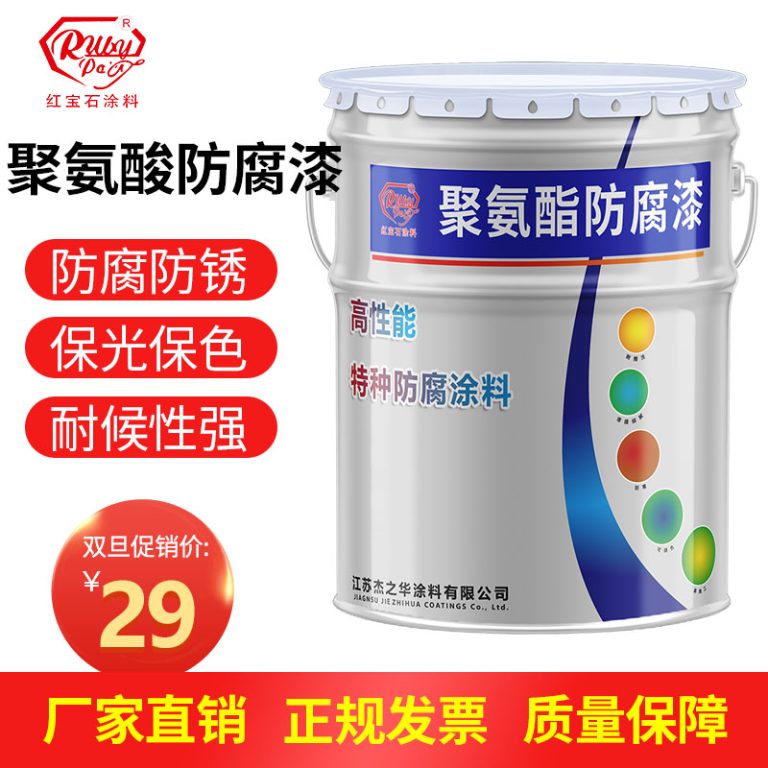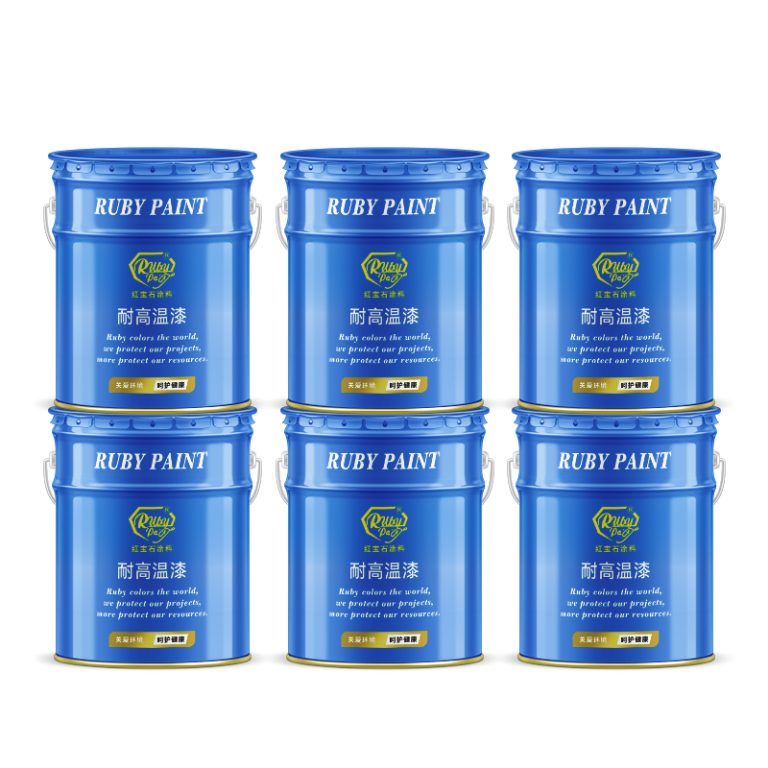Table of Contents
Understanding Chlorinated Rubber Paint: Composition and Applications
Chlorinated rubber paint is a specialized coating material that has gained popularity due to its unique properties and wide range of applications. This type of paint is formulated by dissolving chlorinated rubber, a synthetic rubber derived from the chlorination of natural rubber, in a suitable solvent. The resulting solution is then combined with pigments, fillers, and other additives to enhance its performance characteristics. The primary advantage of chlorinated rubber paint lies in its exceptional resistance to water, chemicals, and environmental factors, making it an ideal choice for protective coatings in various industrial and commercial settings.
The composition of chlorinated rubber paint is carefully engineered to provide a durable and resilient finish. The chlorinated rubber polymer serves as the backbone of the paint, imparting flexibility and toughness to the coating. This polymer is highly resistant to degradation from UV light, ozone, and other oxidative agents, which contributes to the longevity of the paint. Additionally, the chlorine atoms in the polymer structure enhance the paint’s resistance to water and chemical penetration, thereby protecting the underlying surfaces from corrosion and damage.
| No. | Products |
| 1 | Industrial paint |
Solvents play a crucial role in the formulation of chlorinated rubber paint, as they determine the viscosity and application properties of the coating. Common solvents used in this type of paint include aromatic hydrocarbons, ketones, and esters. These solvents help to dissolve the chlorinated rubber polymer and maintain a uniform consistency, allowing for smooth and even application. Once the paint is applied and the solvent evaporates, the remaining film forms a robust barrier that adheres strongly to the surface.
Pigments and fillers are added to chlorinated rubber paint to provide color and enhance its physical properties. Pigments not only impart aesthetic appeal but also contribute to the opacity and UV resistance of the coating. Fillers, on the other hand, are used to improve the mechanical strength, abrasion resistance, and overall durability of the paint. These additives are carefully selected and blended to achieve the desired performance characteristics for specific applications.
www.youtube.com/watch?v=kCkCI75Qvv8

The applications of chlorinated rubber paint are diverse and span across various industries. One of the most common uses is in the marine sector, where it is applied to ships, offshore structures, and port facilities to protect against the harsh marine environment. The paint’s resistance to saltwater and marine organisms makes it an effective barrier against corrosion and fouling. Additionally, chlorinated rubber paint is widely used in chemical plants, water treatment facilities, and swimming pools, where its chemical resistance is a valuable asset. It is also employed in road marking, as it can withstand heavy traffic and adverse weather conditions.
In conclusion, chlorinated rubber paint is a versatile and reliable coating solution that offers superior protection against environmental and chemical challenges. Its unique composition, which includes a chlorinated rubber polymer, solvents, pigments, and fillers, provides a robust and resilient finish that can withstand harsh conditions. The wide range of applications, from marine coatings to road markings, underscores the effectiveness and adaptability of this type of paint. As industries continue to seek durable and cost-effective protective coatings, chlorinated rubber paint remains a preferred choice for many professionals.
The Benefits and Limitations of Using Chlorinated Rubber Paint in Industrial Settings
Chlorinated rubber paint is a specialized coating that has been widely used in various industrial settings due to its unique properties and benefits. This type of paint is created by dissolving natural or synthetic rubber in a solution of chlorine, which results in a tough, durable film when applied to surfaces. The chlorination process enhances the chemical resistance, water resistance, and overall durability of the rubber, making it an ideal choice for protective coatings in harsh environments.
One of the primary benefits of using chlorinated rubber paint in industrial settings is its excellent resistance to a wide range of chemicals, including acids, alkalis, salts, and solvents. This makes it particularly useful in industries where exposure to such chemicals is common, such as chemical processing plants, wastewater treatment facilities, and swimming pools. The chemical resistance of chlorinated rubber paint helps to protect the underlying surfaces from corrosion and degradation, thereby extending their lifespan and reducing maintenance costs.
In addition to its chemical resistance, chlorinated rubber paint also offers superior water resistance. This property is especially valuable in settings where constant exposure to moisture is a concern, such as in marine environments or areas with high humidity. The water-resistant nature of the paint prevents water from penetrating the surface, which can lead to issues such as rusting of metal surfaces or rotting of wooden structures. By providing a protective barrier against moisture, chlorinated rubber paint helps to preserve the integrity of the surfaces it covers.
Another advantage of chlorinated rubber paint is its quick-drying capability. This feature is particularly beneficial in industrial settings where downtime needs to be minimized. The fast-drying property of the paint allows for rapid application and re-coating, enabling maintenance and repair work to be completed efficiently without causing significant disruptions to operations. This can lead to increased productivity and reduced labor costs.
| No. | Article Name |
| 1 | Industrial paint |
Despite its many benefits, chlorinated rubber paint also has some limitations that need to be considered when choosing a coating for industrial applications. One of the main drawbacks is its limited color retention when exposed to ultraviolet (UV) light. Prolonged exposure to sunlight can cause the paint to fade or discolor, which may not be aesthetically pleasing and could also impact the visibility of safety markings or other important signage.
Another limitation of chlorinated rubber paint is its susceptibility to chalking, a process where the paint film degrades and releases a powdery residue. Chalking can occur over time, especially in outdoor settings, and can diminish the protective qualities of the paint. This may necessitate more frequent re-coating to maintain the desired level of protection, which can increase maintenance costs.
Furthermore, chlorinated rubber paint may not be compatible with certain substrates or previously applied coatings. It is important to carefully assess the compatibility of the paint with the surfaces to be coated to avoid issues such as poor adhesion or chemical reactions that could compromise the effectiveness of the coating.
In conclusion, chlorinated rubber paint offers a range of benefits that make it a valuable choice for protective coatings in industrial settings. Its chemical and water resistance, quick-drying properties, and durability contribute to its effectiveness in harsh environments. However, its limitations, including susceptibility to UV degradation, chalking, and compatibility issues, should be carefully considered to ensure optimal performance and cost-effectiveness. By weighing the benefits and limitations, industrial professionals can make informed decisions about the use of chlorinated rubber paint in their specific applications.





